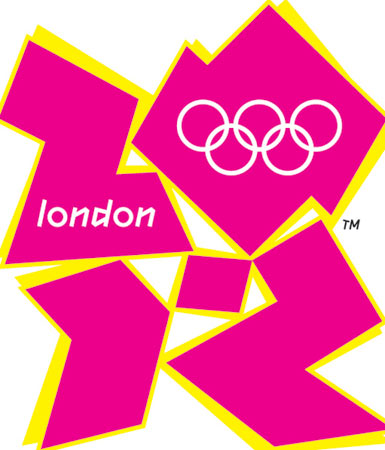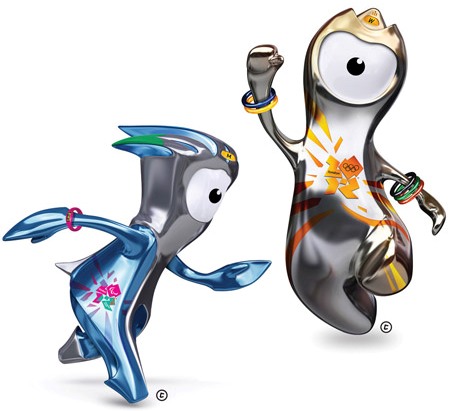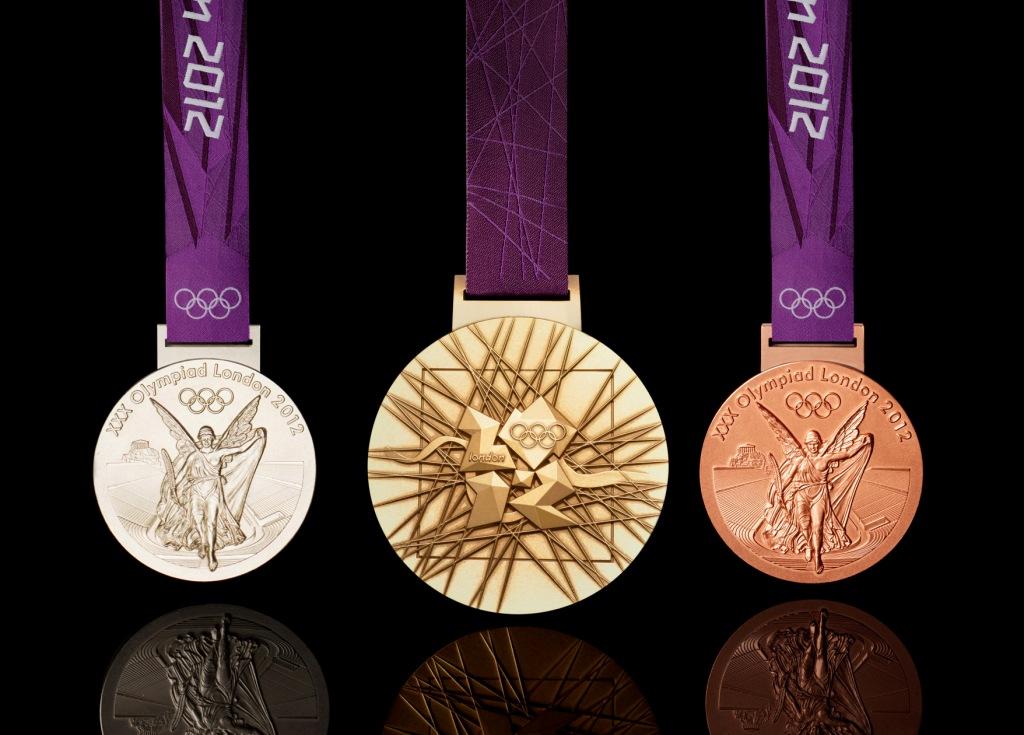London 2012 Medals, Mascots and Logos

The branding for the London 2012 logos, medals and mascots was all done by different artists and designers. However, there was a strong theme of youthful, unusual design throughout them all, which was met with a mixed reception by the public. Have a look for yourself at the designs below, and make your own mind up.
Jump To: Mascots | Medals Back to Olympic Homepage --->
All images copyright London 2012
The London 2012 Logo

The official logo of the 2012 Games, which you can see above, was designed by London-based brand consultancy agency Wolff Olins. It was the first time ever that the same basic logo was used for both the Olympic and Paralympic Games. Chairman of the organising committee, Seb Coe, praised it for building on everything the committee had said "about reaching out and engaging young people, which is where our challenge is over the next five years".
However, after being released in June 2007, the logo faced a lot of criticism in Britain. Indeed, a BBC opinion poll showed that 80% of people voted for the lowest possible rating. The design was criticized for being too childish, trying to be too ‘cool', and hard to read. There were also complaints over the reported £400,000 it cost to design.
The logo faced yet more controversy in February 2011 when Iran threatened to boycott the Olympics because they felt that the logo spelt out the word ‘Zion'. After complaining to the International Olympic Committee about the logo being "racist", their demands were rejected by the Committee and Iran agreed to drop their complaint.
Wenlock and Mandeville: The 2012 Mascots

The Olympic and Paralympic mascots were revealed together in May 2010. The Olympic mascot was named Wenlock (on the right above), and the Paralympic one Madeville (left). Their designs were revealed alongside an animated story written by British author Michael Morpurgo which tells the tale of their creation.
The animation (which you can watch below), described how they were created from the last drops of steel left over from the Bolton steelworks used to build the Olympic Stadium. According to the London 2012 website, "Wenlock is named after the Shropshire village of Much Wenlock, which helped inspire the founder of the modern Olympic movement, Baron Pierre de Coubertin, to create the Olympic Games. Mandeville's name is inspired by Stoke Mandeville in Buckinghamshire. The Stoke Mandeville Games, widely recognised as a forerunner of the modern Paralympic movement, were first held at the hospital there".
Apparently, after being revealed, the mascots split up and made their way through the UK before they eventually ended up at the Olympic Stadium in time for the opening ceremony. Their single eye is a camera which filmed their journeys, the sports they tried out and the people they met. Isn't that nice eh?
Watch their birth below:
The London 2012 Olympic Medals

The Olympic medals were revealed as part of the celebrations for the one-year countdown to the start of the Games. The gold, silver and bronze medals (pictured above) were designed by British artist David Watkins and had the usual symbolism that sports bodies enjoy but which makes little sense to you or me.
The backs of the medals supposedly had a number of symbolic images, including a grid of ‘radiating energy that represents the athletes' achievements and effort', a dished background that ‘suggests a bowl similar to the design of an amphitheatre' and a ribbon that represents the River Thames and ‘adds a sense of celebration'.
Regardless of what they were meant to symbolically represent, there was a general consensus that the medals did encapsulate both the history of the Olympic Games and the modernity of the London 2012 edition nicely.








